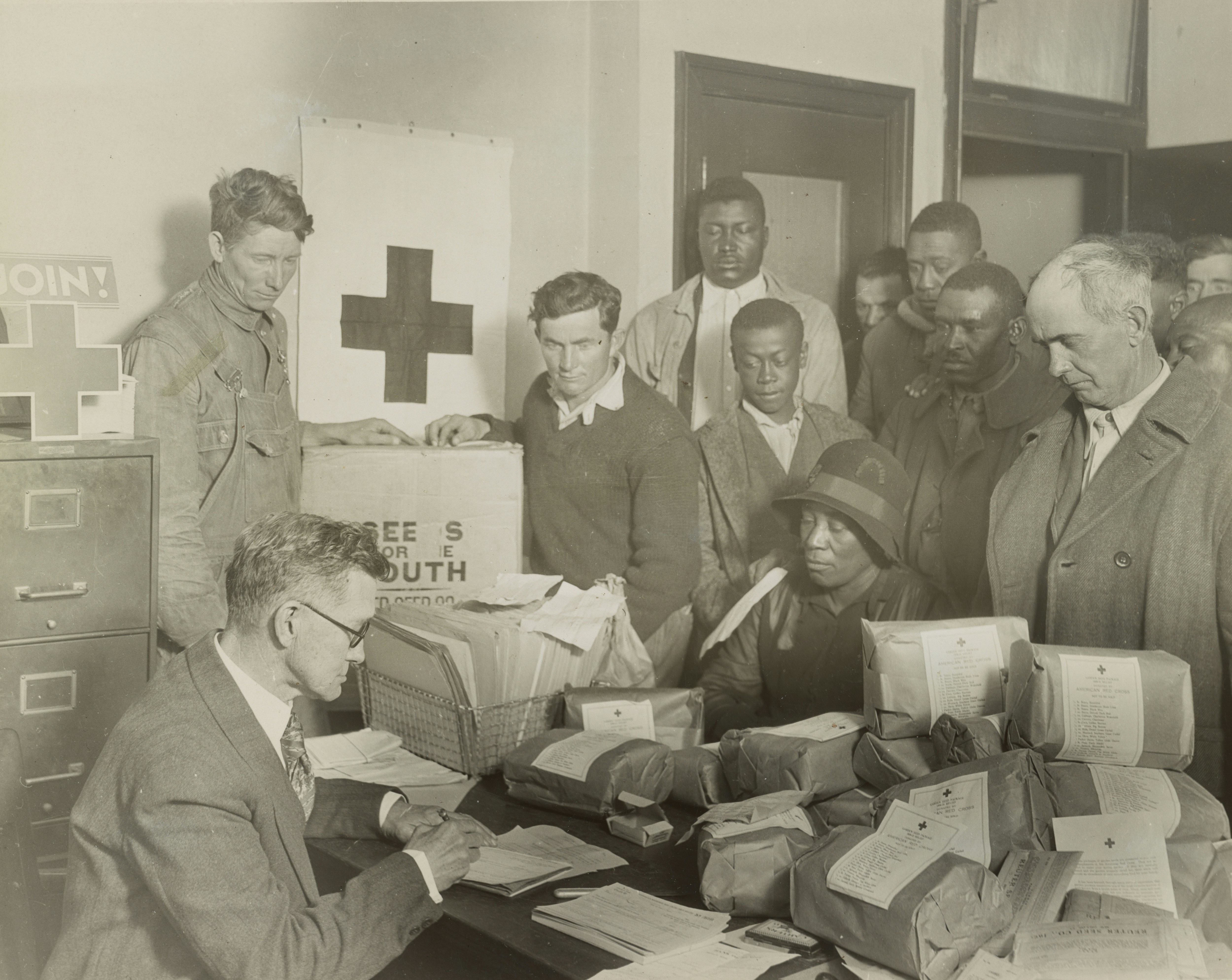USAID signals major strategy shift: championing direct unconditional cash transfers
Jessica Chew | Sun Dec 22 2024

In October 2024 the United States Agency for International Development (USAID) released its position paper in support of direct monetary transfers for development outcomes. This is a topic very close to my heart as I started my career in traditional international development in the pursuit of ending extreme poverty, and then learned during this time that direct and unconditional cash transfers would be the most effective way to achieve this goal.
USAID’s support of direct monetary transfers is significant as it is the largest provider of official development assistance at an estimated US$66B in 2023 and has the potential to influence a greater number of actors in the sector to adopt this approach.
Below are key excerpts from USAID’s position paper.
Vision and guiding principles
“Direct monetary transfers are a cost-effective, evidence-based, and dynamic localization tool that can help USAID better achieve its development goals. USAID should aim to be a leader in the use of direct monetary transfers to individuals, households, and microenterprises for development outcomes, when contextually appropriate.”
“USAID should include direct monetary transfers to individuals, households, and microenterprises as a core element of its development toolkit, expanding the use of transfers when both contextually appropriate and cost-effective for priority outcomes.”
Evidence-base
“Evidence shows that transfers drive sustained impact, with many studies measuring impact one to four years after transfers end. The positive impact cuts across many USAID development objectives, from food securitytoresilience to household income,health , and more.”
“In short, [mobile money and digital payments] transfersenable rapid and cost-effective delivery of development activities. They work within and strengthen existing markets to help achieve USAID’s development objectives andcreate positive outcomes beyond those who directly receive transfers. ”
“…transfers generallyreduced spending on “temptation goods”andincreased labor force participation. Qualitative and quantitative studies suggest that this is because direct monetary transfers provide needed money either to invest or improve households’ ability to meet short-term needs. Thisfrees up mental and the financial spacefor individuals to think longer-term and start or expand income-generating activities –transfers help people to help themselves. ”
USAID speaks further on the incredible findings from direct monetary transfer interventions in this six-minute video overview.
Turning the big ship around: downgrading direct transfer risk concerns within USAID
The position paper states that despite 15 years of external empirical evidence on the benefits of unconditional cash transfers, it was “not always clear where to find and how to apply the large body of evidence produced outside of USAID to the design of USAID activities”. This challenge was ostensibly due to the organisation’s need to “manage programmatic risk”. It’s not an unreasonable jump to divine that “risk” related to USAID relinquishing control through unconditionality and trusting recipientsto spend transfers in their own best interests.
“In cases where in-house experience is limited, people mayoverestimate thedownsidesandunderestimate the upsides of transfers for USAID’s development objectives.”
This decades-long conservative risk management approach appears to have stifled innovation at USAID despite some sporadic attempts to evolve the use of direct cash transfers from an emergency humanitarian response to a strategy to achieve development objectives. However, after launching a series of internal direct monetary impact evaluations in 2015, the data has ultimately convinced USAID that direct transfers must form the cornerstone of their programmatic design and they have updated their position and guidance accordingly.
First-order question for program design: What does the proposed development intervention do that cash can’t do better?
I’m pleased that the position paper stresses that “transfers—alone, or combined with“plus” elements—should become a familiar approach for activity design teams across many sectors”. USAID now officially recognises something that unconditional cash advocates have long known: unconditional cash provides the dignity and freedom for people to make spending choices to address their unique individual needs, which in turn results in remarkable direct, indirect and sustained development outcomes.
By starting with a cash-first framework, practitioners can begin designing the next generation of nuanced interventions. Targeted “plus” interventions such as behaviour-change or traditional development activities can be combined with the direct transfer to expand the initiative’s impact beyond transfer or “plus” interventions alone.
An institution’s step towards unconditionality
As someone who became a Universal Basic Income advocate through working in and becoming critical of international development, USAID’s latest position paper supporting direct monetary transfers is particularly gratifying.
I agree wholeheartedly when USAID’s Deputy Administrator Isobel Coleman stated, “we have a moral imperative to use every dollar entrusted to us as wisely and impactfully as possible”. I personally arrived at the conclusion that unconditional cash transfers was the strategy to achieve this outcome 10 years earlier when I came across GiveDirectly’s trailblazing work. I have Joy Sun’s incredible 7-minute TED Talk on GiveDirectly’s cash interventions to thank for my own penny-drop moment back when I was a young development worker in Cambodia.
Change oftentimes doesn’t come as fast as advocates would like. In recognising that USAID is a large and complex government institution that was first established in 1961, it is remarkable that in the 10 years since it started in-house direct cash research it is now emphatic that such transfers are to form the centrepiece of its development strategy.
original article published at https://jessicacychew.com/